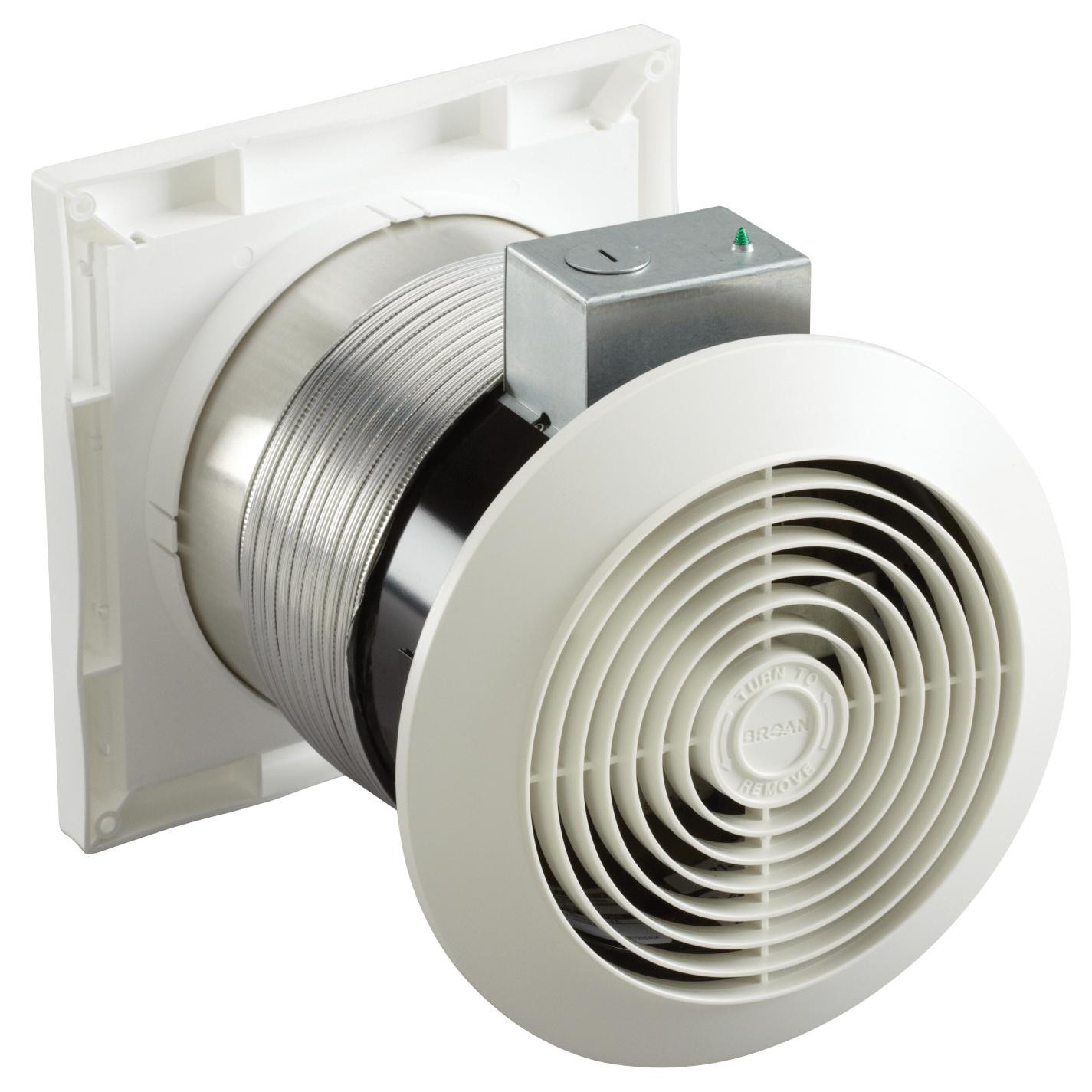Understanding CFM for Bathroom Fans: Bathroom Fan Cfm Meaning

Bathroom fan cfm meaning – CFM, short for Cubic Feet per Minute, is a crucial metric when selecting a bathroom fan. It measures the volume of air a fan can move in a minute, which directly impacts the fan’s effectiveness in removing moisture and odors from your bathroom.
Do you know what CFM means when it comes to bathroom fans? It’s a measure of how much air the fan can move in a minute. So, if you have a bathroom that’s prone to getting steamy, you’ll want a fan with a high CFM rating.
On a completely unrelated note, have you seen the gorillaz wallpaper ? It’s pretty awesome. Anyway, back to bathroom fans. If you’re not sure what CFM rating you need, you can always consult with a professional.
How CFM is Measured and Calculated
CFM is calculated by multiplying the fan’s blade diameter by the area of the fan’s blades and the fan’s revolutions per minute (RPM). The formula is CFM = (π x D^2 / 4) x RPM.
If you’re trying to figure out the meaning of CFM for bathroom fans, it’s basically a measure of how much air the fan can move. If you’re looking for specific parts for your Harbor Breeze bathroom fan, you can find a wide selection of harbor breeze bathroom fan parts online.
Just be sure to check the CFM rating of the fan before you buy it to make sure it’s the right one for your needs.
Factors Influencing CFM Requirements
The CFM requirement for your bathroom fan depends on several factors:
- Bathroom size: Larger bathrooms require higher CFM fans.
- Number of occupants: More occupants generate more moisture, increasing the CFM requirement.
- Type of shower: Walk-in showers produce more moisture than standard showers.
- Climate: Humid climates require higher CFM fans.
CFM Requirements for Different Bathroom Sizes

Determining the right CFM for your bathroom is essential for effective ventilation. The CFM requirement varies depending on the size of your bathroom.
To calculate the appropriate CFM, you can use the following formula:
CFM = Bathroom Volume (length x width x height) x Air Changes per Hour (ACH)
The ACH recommended for bathrooms is 8 to 10. So, for a bathroom that is 8 feet long, 6 feet wide, and 8 feet high, the CFM requirement would be:
CFM = 8 x 6 x 8 x 8 = 384 CFM
Here’s a table summarizing the CFM requirements based on bathroom size:
| Bathroom Size (length x width x height) | CFM Requirement |
|---|---|
| 8′ x 6′ x 8′ | 384 CFM |
| 10′ x 8′ x 8′ | 640 CFM |
| 12′ x 10′ x 8′ | 960 CFM |
Using a fan with insufficient CFM can lead to poor ventilation, which can cause moisture buildup and mold growth. On the other hand, using a fan with excessive CFM can be noisy and energy-inefficient.
Selecting the Right Bathroom Fan

Choosing the right bathroom fan is essential to ensure proper ventilation and prevent moisture buildup. Here’s a guide to help you make an informed decision:
First, determine the CFM (cubic feet per minute) required for your bathroom. A good rule of thumb is to choose a fan with a CFM rating that is at least 1 CFM per square foot of floor space. For example, if your bathroom is 100 square feet, you’ll need a fan with a CFM of at least 100.
Next, consider the type of fan you want. There are two main types of bathroom fans: ceiling-mounted and wall-mounted. Ceiling-mounted fans are more common and are installed in the ceiling, while wall-mounted fans are installed on the wall, typically above the shower or tub.
Types of Bathroom Fans, Bathroom fan cfm meaning
Ceiling-mounted fans typically have higher CFM ratings than wall-mounted fans. However, they are also more expensive and require more installation work. Wall-mounted fans are less expensive and easier to install, but they have lower CFM ratings.
Finally, consider the noise level of the fan. Bathroom fans can be noisy, so it’s important to choose one that is quiet enough for your needs. Most fans have a noise level rating in decibels (dB). The lower the dB rating, the quieter the fan.